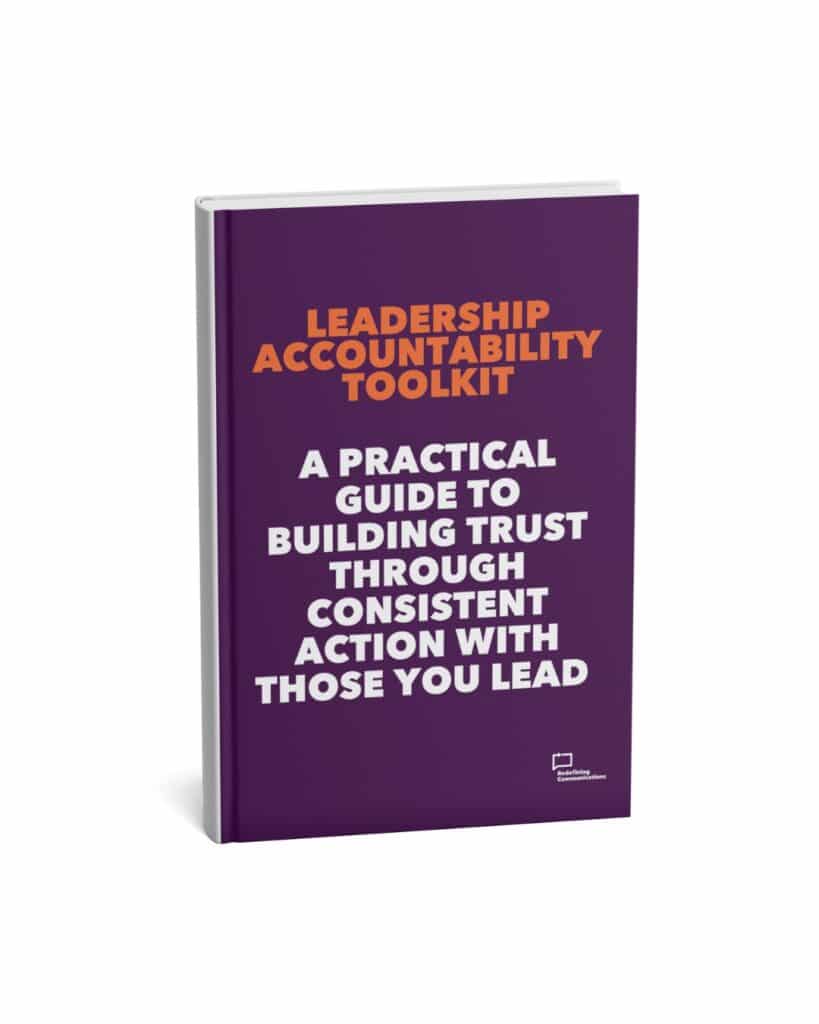Establishing the culture of an organisation takes time.
Get it right and your employees know what’s expected of them, what they can expect from others, and feel confident in their working behaviour.
Get it wrong and chaos can ensure.
Which is why it’s so important that culture comes from the top down and that we, as leaders, play an active role in creating and promoting it, both in our words and our actions.
In this blog I’ll talk about the link between culture and leadership, and explain how understanding your own leadership style can be the key to creating or restoring calm.
What is culture?
For different organisations it will mean different things, but I like to define it as simply:
‘how things get done around here’
That term was coined by Deal and Kennedy many years ago and I feel it covers the idea simply and succinctly.
When I asked my LinkedIn community for their definitions I received a huge – and varied – response. You can read more here but I thought it was worth pulling out a few:
Chris Dyer: “The combination of the easily seen ideals like vision statements and values, combined with the harder to see norms, behaviours, languages, beliefs and systems.”
Shein: “A pattern of shared basic assumptions learned by a group as it solved its problems of external adaptation and internal integration.”
Flamholtz and Randle: “Corporate personality.”
John Faulkner-Willcock: “For culture tomorrow I like ‘it’s how we will do our best work together’.”
As you can see, there is no single, universally-accepted definition of culture but, however you view it, the most important thing is making sure yours is communicated clearly – and leaders play a crucial part in this.
The relationship between culture and chaos
For me, culture doesn’t necessarily create chaos. It’s a lack of focus on it, and the belief it can be created by osmosis, that creates the chaos.
Culture doesn’t just happen. It needs to be nurtured, worked on and reinforced constantly – and consistently.
In our Field Model™, which helps to take organisations from chaos to calm, improving culture is nearly always part of the fix.
When culture isn’t a focus, chaos soon appears in the form of things like:
- People not knowing how things get done
- A poor induction/onboarding experience
- A lack of diversity and inclusion strategies and processes in place
- The inability to make decisions
Are you contributing to the chaos?
Culture and leadership must go hand in hand. Culture must be intentional, and that intention must come from the top.
Your own leadership style can have a big role in your company’s culture and, as uncomfortable as it can be, I’d encourage you to think about where you are as a leader.
Being able to acknowledge the role we play in the ecosystem of an organisation is important because we need to be able to step back and ask for help where we need it.
When individual leadership creates chaos it can take the form of:
- A lack of integrity – there is a gap between what you say you’ll do and what you actually do
- Broken promises
- Not being clear on the direction of travel
- Not listening, broadcasting to all
- Confusion – because your actions and words are not aligned
Being a calm leader
Becoming a calm leader starts with identifying where you are right now.
Considering which of the three leadership styles below is closest to your own can help you assess what, if anything, you may want to change.
- Responsible: Responsible leaders tend to have a focus on sustainable, ethical, and social practices.
- Servant: This is about serving your people. (There’s a great example of this in the programme New Amsterdam on Amazon Prime where the new leader arrives and simply asks ‘how can I help?’)
- Taylorism: This is the one that has been around the longest as it has its roots in manufacturing and is a more autocratic approach – where leaders are focused purely on efficiencies within the business rather than listening to those within the organisation.
There are obviously many other leadership styles but these three provide a good introduction and can help you focus on the idea of calm leadership and what it means to you.
I recommend taking some time to reflect on your own style in meetings and conversations with others. How much are you really listening? Are you building relationships with those around you or are things more of a tick box exercise?
When thinking about the three leadership styles above be honest about which one resonates with you. Where are you now and where do you want to be? Remember nothing is set in stone – we can all change our approach and style through coaching, reading and developing ourselves.
Invest the time in making sure what you say and do are aligned. Follow through on what you say so that people know you can be relied upon and trusted. Sometimes we do need to change our minds, which is absolutely ok, but you need to explain the reason why.
Moving to a culture of calm
Whatever your leadership style is and whatever techniques you decide to use, improving your culture will only work if you are clear on the following:
- Culture change must be intentional: Do you want people to have space to collaborate and work across the organisation on projects? Create the processes and structures to do this, don’t just hope it will happen.
- What behaviours are acceptable and not acceptable? If culture is ‘how things get done around here’, the way we behave with each other is a core part of that. Make a note of the right behaviours for your organisation and build that list as a team or organisation as a whole.
- Have consequences: This is one we rarely talk about because consequences feels like a negative word but it doesn’t have to be. If something great happens, celebrate it! Likewise, if someone doesn’t behave in the way you have agreed, take action because of it.
In short, it’s the actions around the words that create culture. If action is not taken this weakens the culture you’re trying to create.
You can find out more about our leadership support services here or contact us here.
You can also hear more about this subject on this episode of the Redefining Communications with Jenni Field podcast.








